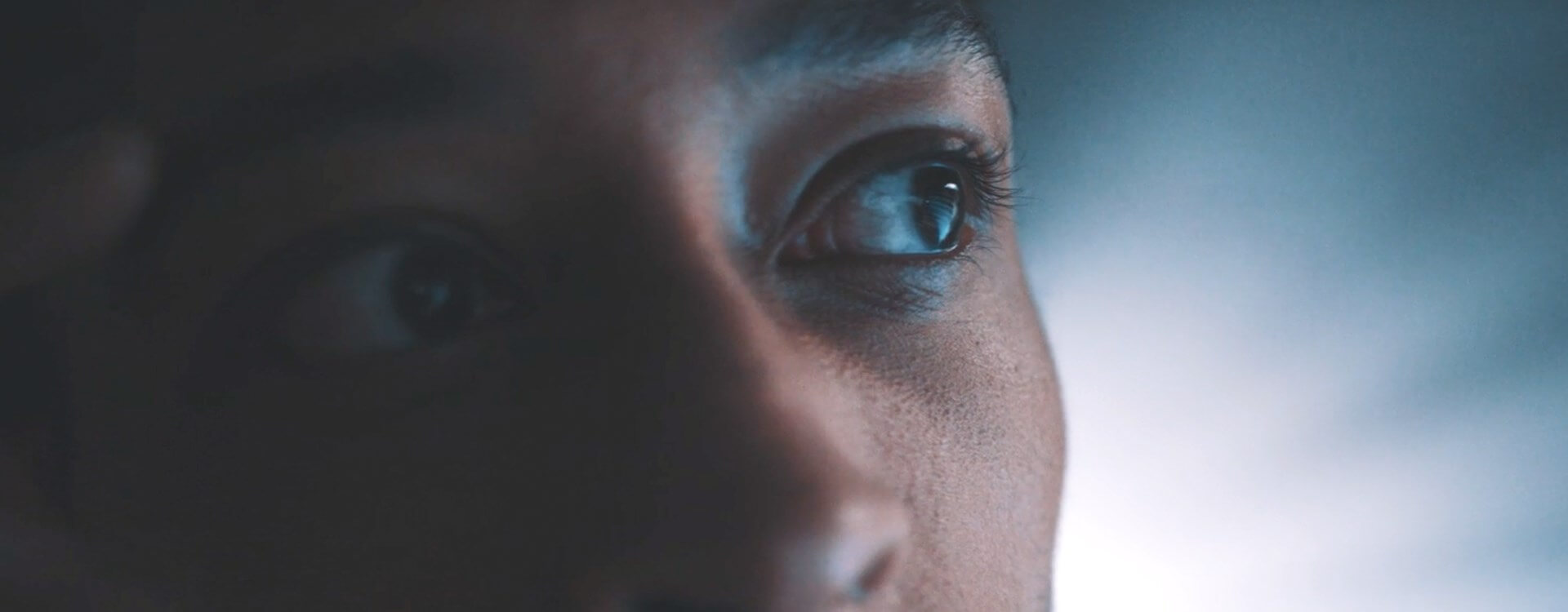Highlights
Table of Contents
Explore article topics
You need light to make an image; there’s no getting around this. But we don’t live our lives in perfect light. Night follows day. Interiors can be dim. Stories need to be told in low light, too. So how do you shoot video in low light? Here’s everything that you need to know, from choosing camera settings for low light shooting to thinking about where you’re filming and your available light.
Shutter speed for filming in low light
When you shoot stills, adjusting your shutter speed is one change you can make to help capture a low-light image. You can slow down your shutter speed as much as possible to allow the maximum available light to reach your sensor. But when you’re shooting a video, you don’t have that kind of flexibility. Your shutter speed is governed by your frame rate. Whatever the conditions, your shutter speed should be 1/50 seconds for 24 frames per second and 1/60 seconds for 30 frames per second.
What’s the best ISO for low light?
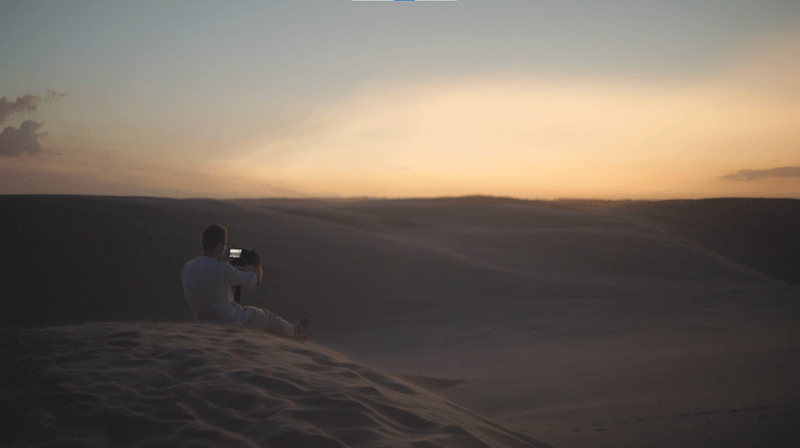
When you select a higher camera ISO, you make your camera more sensitive to light. This is great for filming in low light, but it does come with a downside. A higher ISO means more noise in your images. You can’t, therefore, just increase your ISO high enough to get the exposure you need. This makes the best ISO for low-light filming is more of a balancing act.
Cameras have a “native ISO,” which is the highest ISO point before it has to increase the voltage to the sensor to make it more sensitive, which introduces noise into the shot. For lots of cameras, it’s around ISO 800, but it’s worth experimenting with for your model. After going over your camera’s native ISO, try to keep it as low as possible to prevent noise. You’ll get to know just how high you can push your ISO before the noise becomes unacceptable, though. Try to stick under ISO 6,400 for a full-frame camera, ISO 3,200 for an APS-C one, and ISO 1,600 for a Micro Four Thirds.
Selecting the best lenses and aperture for shooting in low light
As well as choosing the best camera settings for low-light filming, using the best gear helps, too. By selecting a fast lens–a lens with a wide aperture–you will be able to allow as much of your scene’s available light as possible to reach the sensor. Prime lenses tend to have wider apertures than zoom lenses, making them a good choice for low-light shooting. In fact, many photographers and filmmakers will tell you that, overall, primes are a better choice than zoom lenses. It isn’t just the technical benefits of them having wider apertures and producing sharper images, but that their fixed focal lengths force you to think more carefully about your composition and story.
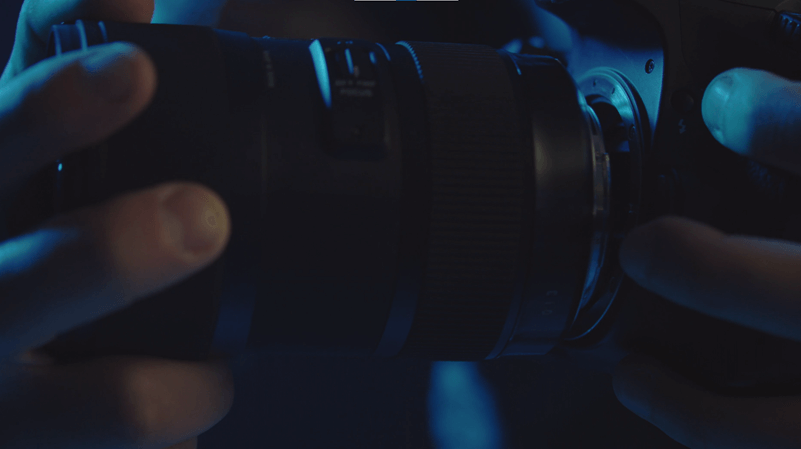
Camera aperture isn’t just about how much light reaches your sensor, though. By selecting a wider aperture, you will also create a shallower depth of field in your images. This means that a smaller portion of your scene will be in sharp focus, with more showing as background blur. This can be very useful to help draw your audience’s attention to where you want it, but a bit more tricky for sweeping panoramas or establishing shots.
Make the most of your available light
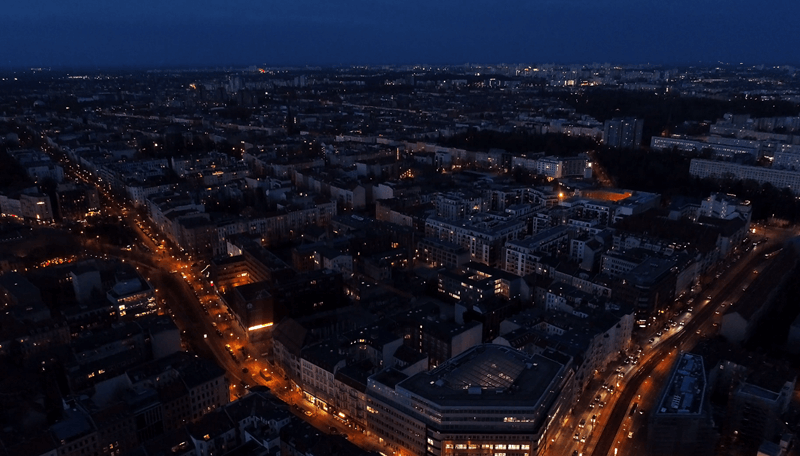
It will be a very rare set of circumstances that has you shooting with no available light. Maybe in the desert on a moonless night? There will almost certainly be some light that you can use, so make the most of it. If you’re in the street, it could be street or traffic lights or light spilling out of shops or houses. For interiors, consider window light and practicals. Think about where your subject is in relation to the light and how best you can angle your camera to pick it up.
Get unlimited royalty-free 4K footage
Don’t be afraid of introducing more light
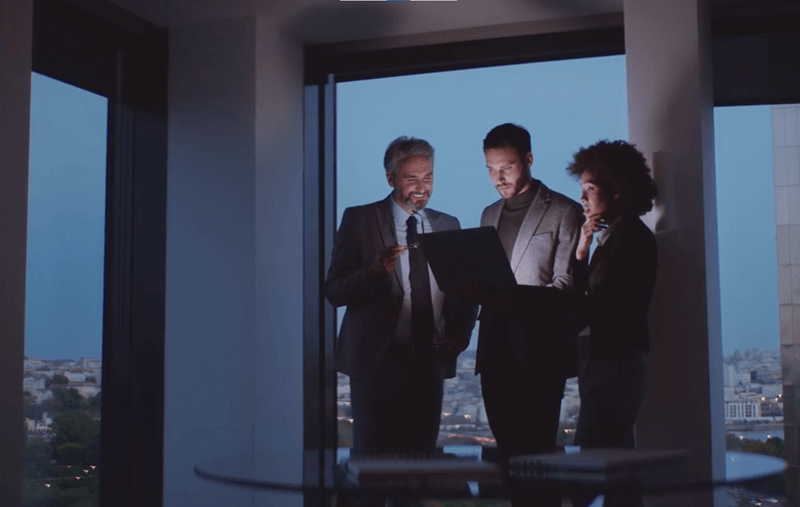
There are plenty of ways to introduce more light into a scene without losing the overall nighttime, dark or dim look that you might want. Your choice of lighting is enormous, but it’s easy to adjust the intensity and color of LED panels so that you can introduce more light without it being overwhelming. Along with some modifiers, you can ensure that artificial light falls exactly where and how you want it. You could always introduce more practical lights, particularly into interior scenes. Table or standard lamps, fairy lights, smartphones and even fish tanks can help you out here.
Pick your settings carefully
One last thing, when it comes to shooting a night scene: try to avoid log recording and color grading in post. This tends to introduce noise into the scene, which is what you want to avoid. Instead, shoot with a color profile that has higher contrast and shoot for the color that you want. And don’t try to bring up the light levels in post, either. That just means more noise, too.
How to shoot in low light – wrap up
Hopefully, we have shown you how to shoot video in low light and not be afraid of not getting the exposure you want. If you remember the following, you’ll be fine!
- Use a wide aperture to allow lots of light to reach your sensor.
- Use a higher ISO to increase sensitivity, but not so high that it introduces too much noise.
- Look for the available light in the scene and make the most of it.
- Don’t be afraid of introducing some light where you might need it.
- Shoot for the color that you want and try not to make too many adjustments in post.
Daniela is a writer and editor based in the UK. Since 2010 she has focused on the photography sector. In this time, she has written three books and contributed to many more, served as the editor for two websites, written thousands of articles for numerous publications, both in print and online and runs the Photocritic Photography School.
Share this article
Did you find this article useful?
Related Posts
- By Daniela Bowker
- 7 MIN READ
- By Jessica Peterson
- 7 MIN READ
Latest Posts
- 15 Apr
- By Rebecca Helfenbaum
- 4 MIN READ
- 10 Apr
- By Rebecca Helfenbaum
- 5 MIN READ
